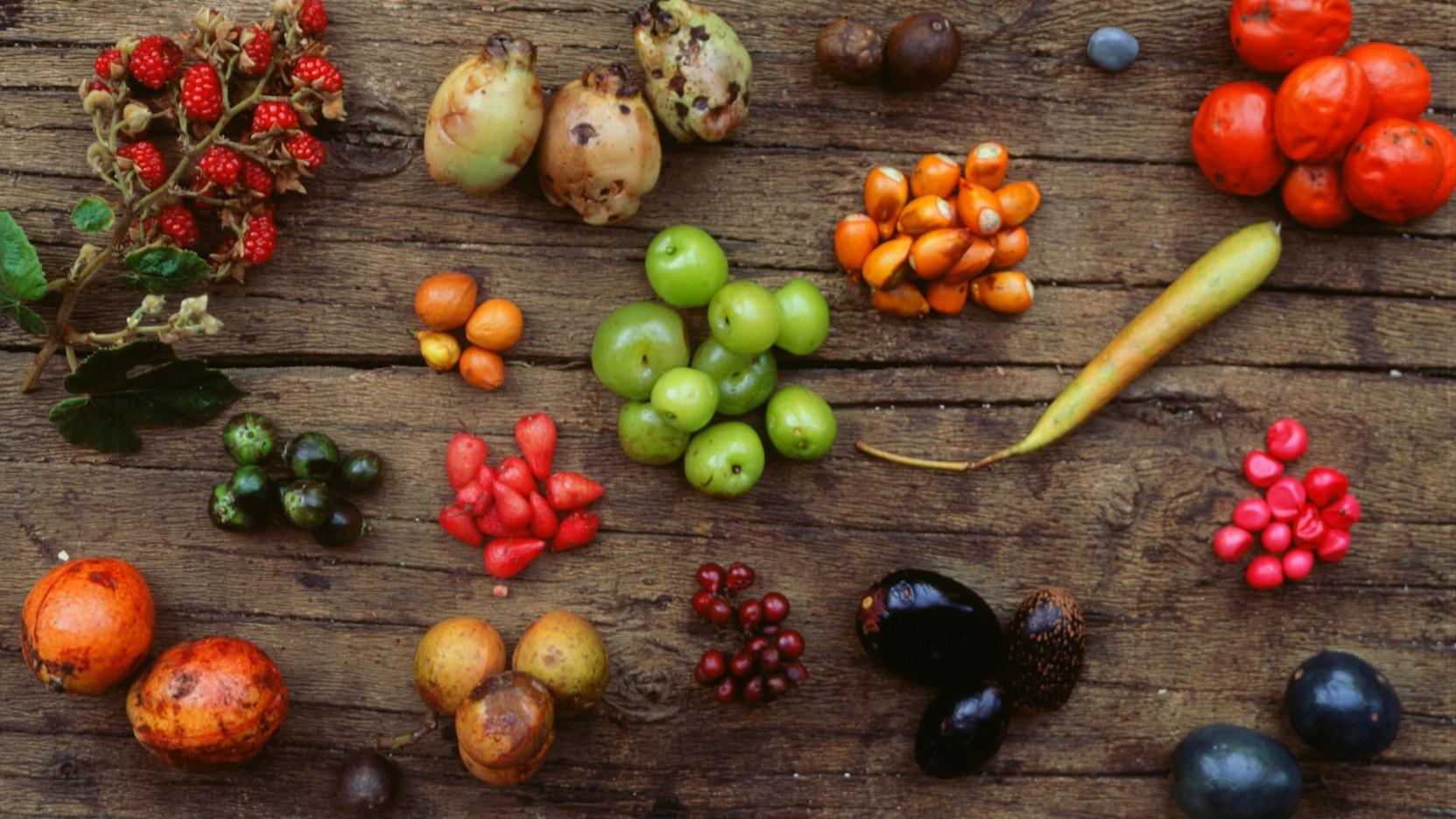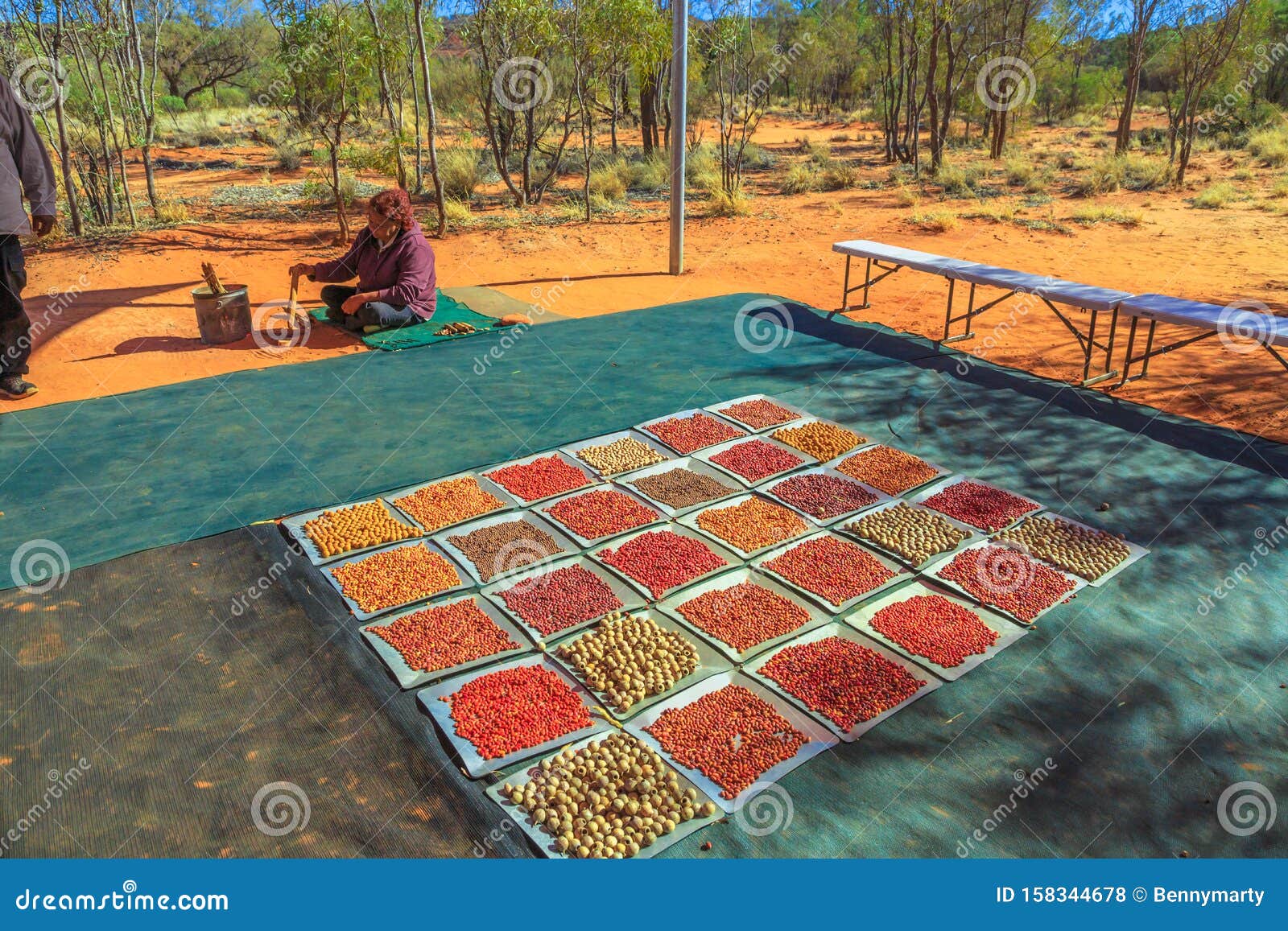Nourishing the Land, Nourishing the Soul: A Deep Dive into Australian Aboriginal Food Systems and Cultural Ownership
Nourishing the Land, Nourishing the Soul: A Deep Dive into Australian Aboriginal Food Systems and Cultural Ownership
Australia, a land of vibrant landscapes and diverse ecosystems, is also home to a rich and ancient culture – that of the Aboriginal people. For over 65,000 years, these First Nations people have thrived on this continent, developing intricate and sustainable food systems that are deeply intertwined with their cultural identity and connection to the land. This article delves into the fascinating world of Australian Aboriginal food systems, exploring their unique characteristics, the profound cultural significance of food, and the ongoing fight for ownership and recognition.
A Symphony of Sustainability: The Essence of Aboriginal Food Systems
Related Articles: Nourishing the Land, Nourishing the Soul: A Deep Dive into Australian Aboriginal Food Systems and Cultural Ownership
- A Taste Of Paradise: Exploring The Delights Of Australian Fruit
- Guardians Of The Land: The Resilient Spirit Of The Colville Confederated Tribes
- Woven Into The Fabric Of Life: Understanding Indigenous Peoples’ Relationship With The Land
- Unveiling The Genesis: Who Created The World In Dreamtime Beliefs?
- A Tapestry Of Survival: How Aboriginal Peoples’ Relationship With The Land Ensured Economic Wellbeing
Unlike the Western agricultural model, which often focuses on monoculture and resource depletion, Aboriginal food systems are built upon principles of sustainability and respect for the land. These systems are characterized by:
- Deep Knowledge of the Land: Aboriginal people possess a profound understanding of their local environment, knowing the seasons, the best time to harvest specific plants and animals, and the delicate balance of the ecosystem. This knowledge has been passed down through generations, ensuring the long-term health of the land and its resources.
- Diverse Diet: The Aboriginal diet is incredibly diverse, encompassing a wide range of plants, animals, insects, and fungi. This variety ensures a balanced intake of nutrients and minimizes the risk of nutritional deficiencies.
- Minimal Waste: Aboriginal people utilize every part of the animal or plant they harvest, minimizing waste and maximizing resource utilization. This practice is not only sustainable but also reflects a deep respect for all living things.
- Seasonality and Rotation: Aboriginal food systems are closely tied to the natural cycles of the land. They understand the importance of harvesting in a way that allows for regeneration, ensuring the availability of resources for future generations.
- Cultural Significance: Food is not simply sustenance for Aboriginal people; it is a vital part of their cultural identity, spirituality, and social fabric. Traditional food practices are often embedded in ceremonies, stories, and songs, connecting them to their ancestral heritage and their relationship with the land.

Beyond Food: The Cultural Tapestry of Food Systems
For Aboriginal people, food is more than just nourishment; it is a cornerstone of their cultural identity. It is a tangible expression of their connection to the land, their ancestors, and their spiritual beliefs.
- Connection to Country: The act of gathering food is deeply intertwined with the concept of "Country" – the land, its resources, and the spiritual significance it holds for Aboriginal people. Food connects them to their ancestral heritage, their sense of belonging, and their responsibility to care for the land.
- Ceremony and Ritual: Many traditional food practices are interwoven with ceremonies and rituals that celebrate the cycle of life, mark important events, and strengthen community bonds. These rituals often involve specific foods, songs, and dances that transmit cultural knowledge and ensure the continuity of traditions.
- Social and Economic Significance: Food plays a vital role in Aboriginal social and economic structures. It is used for sharing, trade, and bartering, fostering strong relationships between individuals and communities.

The Fight for Ownership and Recognition
Despite the immense value of Aboriginal food systems, they have faced significant challenges over the past two centuries. Colonization, dispossession, and the imposition of Western agricultural practices have disrupted traditional food practices, leading to:
- Loss of Knowledge: The forced removal of Aboriginal people from their lands and the suppression of their languages and cultures have resulted in the loss of invaluable knowledge about traditional food systems.
- Food Insecurity: The disruption of traditional food sources has contributed to food insecurity in many Aboriginal communities. Access to fresh, nutritious food is often limited, leading to higher rates of chronic diseases.
- Erosion of Cultural Identity: The loss of traditional food practices has eroded the cultural identity of many Aboriginal people, disconnecting them from their ancestral heritage and their connection to the land.

The Path Forward: Reclaiming Ownership and Promoting Sustainability
In recent years, there has been a growing movement to reclaim ownership and recognition of Aboriginal food systems. This movement is driven by a desire to:
- Preserve and Revitalize Traditional Knowledge: Efforts are underway to document and revive traditional food practices, ensuring the survival of this invaluable knowledge for future generations.
- Promote Food Sovereignty: Aboriginal communities are working to regain control over their food systems, ensuring access to healthy, culturally appropriate food.
- Support Indigenous Businesses: There is a growing demand for Indigenous-owned food businesses, which are promoting traditional foods and contributing to the economic empowerment of Aboriginal communities.
- Educate the Wider Community: Raising awareness about Aboriginal food systems and their cultural significance is crucial to fostering respect, understanding, and appreciation for the deep connection between food and culture.
FAQs about Australian Aboriginal Food Systems and Cultural Ownership
1. What are some common foods in Aboriginal food systems?
The specific foods vary depending on the region and season, but some common examples include:
- Plants: Bush Tucker (native fruits, vegetables, and herbs), such as quandong, wattle seed, native yam, and desert lime.
- Animals: Kangaroo, emu, fish, shellfish, and various reptiles and insects.
2. How do Aboriginal food systems contribute to sustainability?
Aboriginal food systems are inherently sustainable because they are based on deep knowledge of the land and its resources. They prioritize:
- Minimal impact on the environment: Harvesting practices are designed to minimize damage and ensure the regeneration of resources.
- Diversity and balance: A wide range of food sources ensures ecological balance and reduces the risk of over-reliance on any single resource.
- Respect for all living things: Aboriginal food systems are rooted in a deep respect for the land and its creatures, promoting responsible use and conservation.
3. How can I learn more about Aboriginal food systems?
- Visit Aboriginal-owned businesses and restaurants: Support Indigenous businesses and learn about their traditional food practices.
- Attend cultural events and workshops: Many organizations offer workshops and demonstrations on traditional food preparation and cultural significance.
- Read books and articles: There are numerous resources available that delve into the history, culture, and practices of Aboriginal food systems.
- Engage with Aboriginal communities: Seek out opportunities to learn from Aboriginal elders and community members.
4. How can I contribute to the recognition and preservation of Aboriginal food systems?
- Support Indigenous food businesses: Patronize Aboriginal-owned restaurants, cafes, and food producers.
- Advocate for Indigenous food sovereignty: Support policies and initiatives that promote the rights of Aboriginal people to control their food systems.
- Educate yourself and others: Share information about Aboriginal food systems and their cultural significance with your friends, family, and community.
5. What are some challenges facing Aboriginal food systems today?
- Loss of traditional knowledge: The erosion of traditional knowledge due to colonization and displacement continues to be a significant challenge.
- Food insecurity: Access to fresh, nutritious food remains a significant challenge for many Aboriginal communities.
- Lack of recognition and support: The value and importance of Aboriginal food systems are often overlooked, hindering their recognition and support.
Conclusion
The Australian Aboriginal food systems are a testament to the ingenuity, resilience, and cultural richness of the First Nations people. They offer invaluable lessons in sustainability, respect for the environment, and the deep connection between food and culture. By understanding and appreciating these systems, we can contribute to their preservation, revitalization, and the recognition of the vital role they play in the lives of Aboriginal people and the future of Australia.

Closure
Thus, we hope this article has provided valuable insights into Nourishing the Land, Nourishing the Soul: A Deep Dive into Australian Aboriginal Food Systems and Cultural Ownership. We thank you for taking the time to read this article. See you in our next article!


